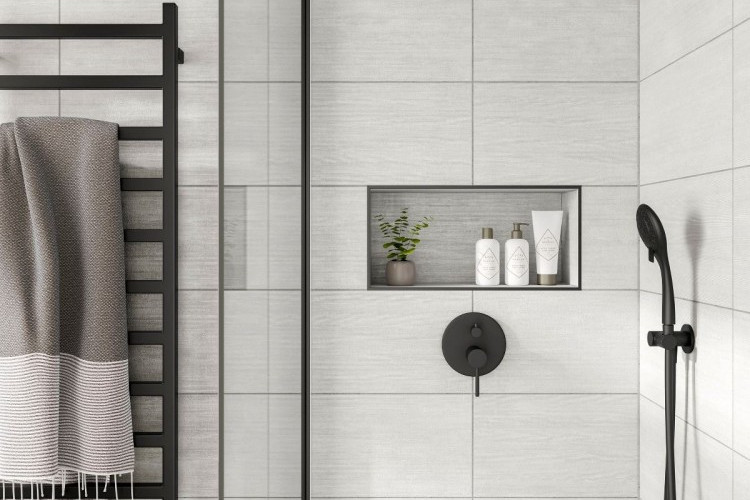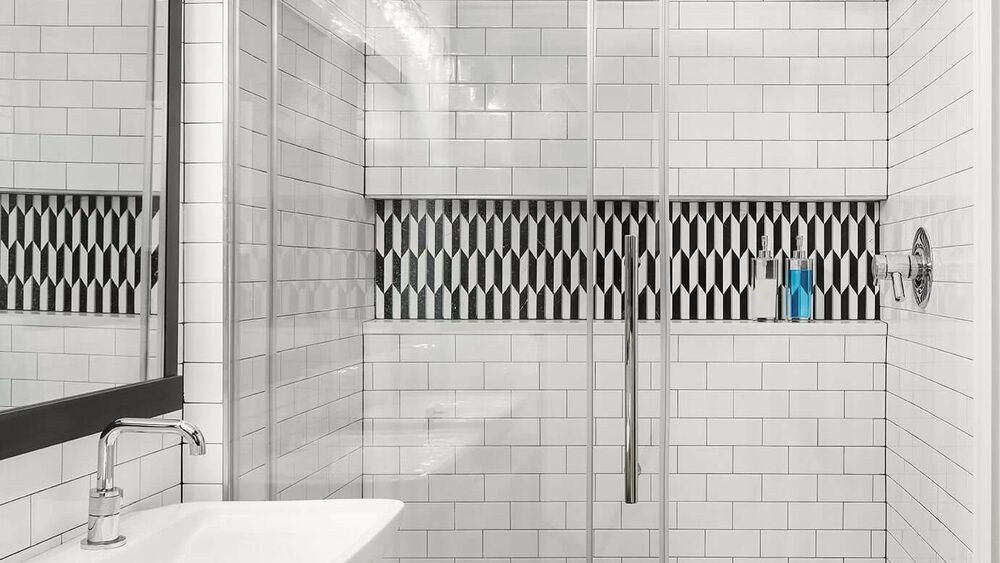Community & Business
24 April, 2022
Choosing the right grout for success
TILING or retiling your kitchen or bathrooms is a great way to refresh your home but the success of the job can all depend on that humble material – grout.

Tiles are a durable, low-maintenance material that, when installed correctly, can last for years. In areas like the kitchen and bathrooms, tiles can be the perfect marriage of aesthetics and functionality.
And while the tile itself may constitute 95 per cent of a home improvement project, a key component to successful tile installation is a high-performance, easy-to- spread and clean grout.
Grout fills the spaces between tiles and strengthens the structural integrity of the tilework. Picking the right grout also highlights the beauty of the tile and ensures the job will last.
Many people only focus on colour when picking grout but performance and suitability for their project are equally important.
Not only is the grout highly visible but choosing the wrong grout can lead to cracks, stains and discoloration over time.
Once you've chosen the type of grout suitable for your project, make sure you don't skimp on quality. Whether you use sanded or non-sanded grout, don't choose the cheapest one.
You may save some money on your project, but you will likely spend more time and money in the future when the grout begins to crack and stain.
To pick the appropriate grout for your DIY home improvement project, you'll need to know the types of cement grouts and their applications.

SANDED GROUT
Sanded grout is a cement-based product that, as the name suggests, is made of fi ne sand, aggregates and pigment. It's the go-to choice for most tiling projects because sanded grout is less expensive than other grout options.
Sanded grout creates dense joints, best for filling wider grout joints and is suitable for bathroom and kitchen floors and shower pans.
It does have its drawbacks though – the sand particles can scratch the surface of more delicate tiles, like glass, so you should always test the grout on a sample tile first. Additionally, it may require sealing to help prevent staining, making it unsuitable for some applications.
NON-SANDED GROUT
Non-sanded grout is made of fi ne mineral particles and has a smoother texture than sanded grout. If you're working with easily scratchable materials like glass, natural stone, metals and some porcelain tiles, you should consider a non-sanded product.
The other primary reason to choose a non-sanded grout is for very small grout joints between the tiles.
There are also some disadvantages to this kind of product. In general, it does not provide the same stability and strength as sanded grout. As it dries, non-sanded grout is prone to shrinkage, leading to the grout pulling away from the tile.
If your project requires joints wider than 3mm, non-sanded grout tends to crack so a sanded grout should be used.
Non-sanded grout is also typically more expensive than sanded grout and tends to have fewer colour choices.



